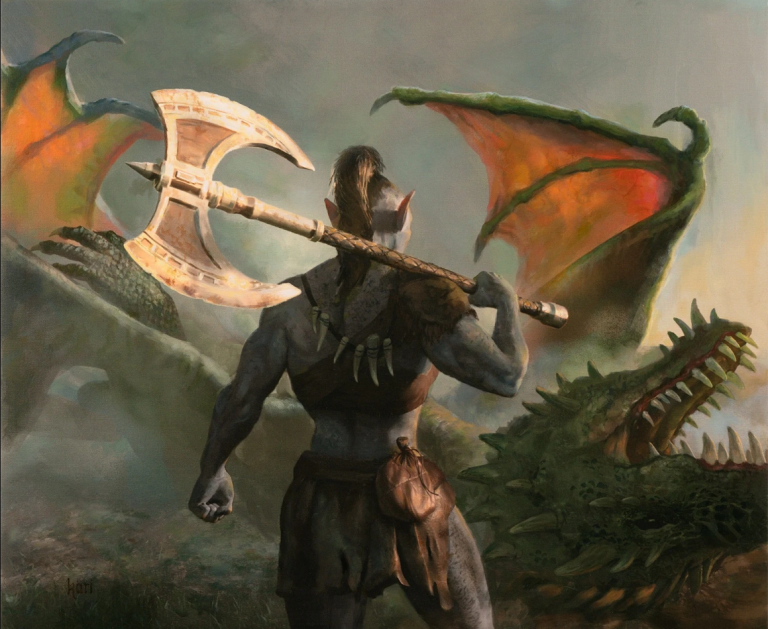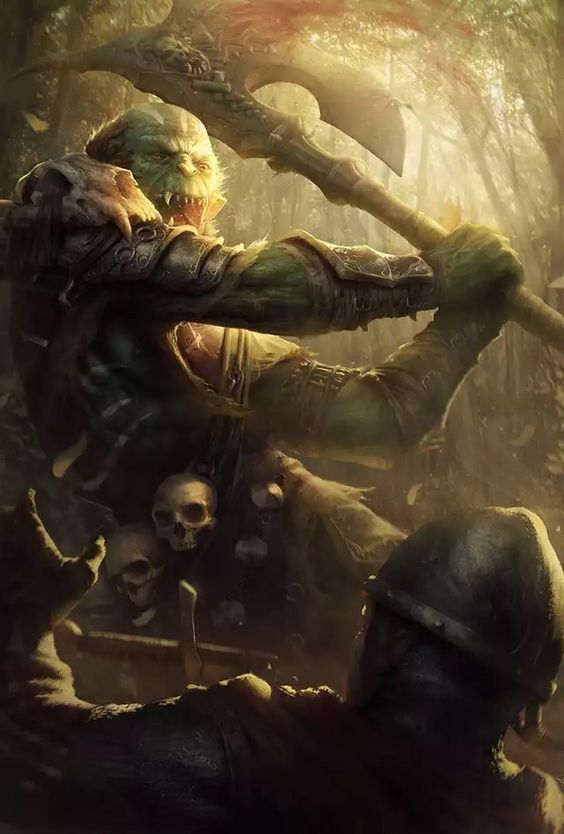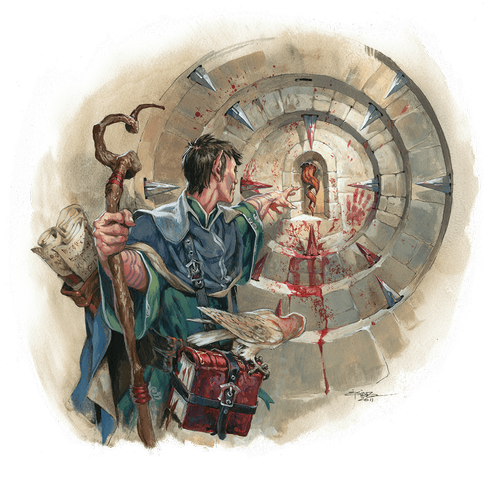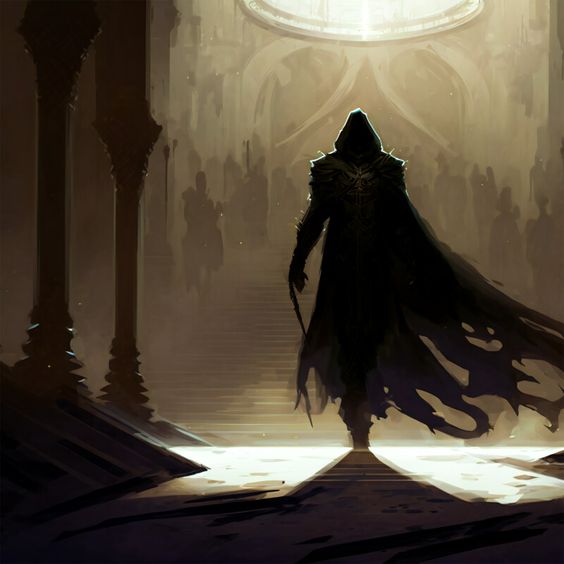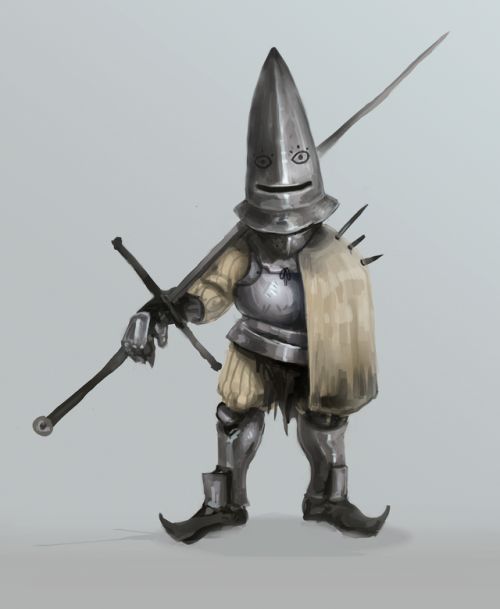D&D 5e: Master the Art of Combat with the Fighting Initiate Feat
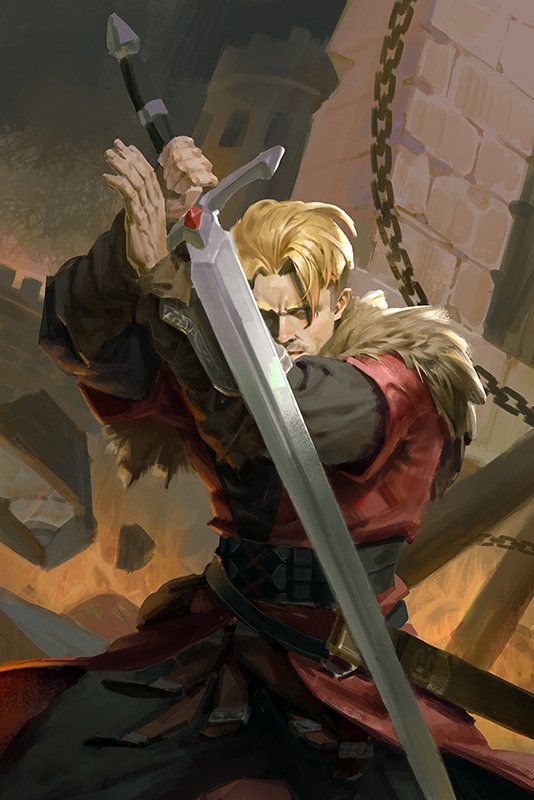
D&D 5e: Master the Art of Combat with the Fighting Initiate Feat
SOURCE: Tasha’s Cauldron of Everything
Rating the Benefits of Fighting Initiate
Benefit #1 –
Choose a Fighting Style that is available to the Fighter Class. You gain that fighting style
Many fighting styles are considered nearly essential to optimized combat in 5e. Hit and damage bonuses, extra attacks, and bonus defenses. The list has options any martial character will appreciate, no matter their combat style.
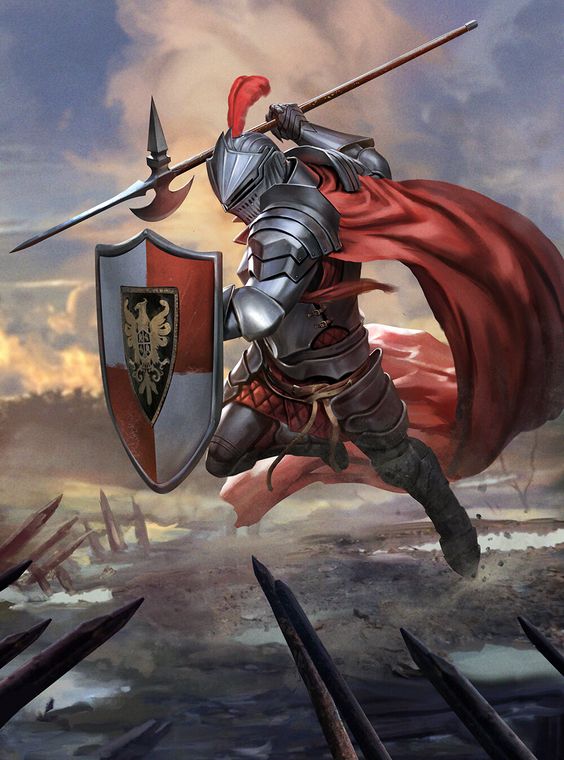
Mechanics and Requirements
Understanding How It Functions
Mechanically, the Fighting Initiate feat is incredibly simple. You choose a Fighting Style that the Fighter class could also choose, and you gain that Fighting Style and the associated benefits of it.
If you already have any Fighting Styles, the one chosen from this feat must be different from those.
That’s the entire feat.
The real nuance comes from the particular styles on offer, and the benefits they can bring to particular character types. All available Fighting Styles are broken down below:
Choosing a Fighting Style
Archery – +2 to hit with ranged attacks. This permanently puts a ranger attacker ahead of the expected hit curve. It’s very powerful, and almost essential for characters who make more than one ranged attack per turn.
Blind Fighting – Permanent 10ft Blindsight. Your character can see everything within that range, as long as it’s not behind total cover, i.e., inside a chest or behind a closed door. This also lets you see anything that’s invisible. Incredibly stylish, but as a rule doesn’t tend to come up often.
But when the vampire turns invisible you say to the GM “Doesn’t matter, I can still see him.” You’ll feel awesome.
Defense – +1 AC whenever the character is wearing armor. A flat +1 bonus to armor class is hard to come by and makes a surprising amount of difference across an adventuring day, or adventuring career. The simplest way to think of this style is this:
1 in 20 attacks that should have hit you, now miss. The maths is much more complicated than that, but even at one missed attack per adventuring day, this adds up super fast.
Dueling – As long as you’re only wielding a single one-handed weapon, all attacks with it gain +2 to damage. This pushes martial weapons like longswords up to near equivalent damage with greatswords, except you can also carry a shield. This Fighting Style is the perfect balance between offense and defense.
Great Weapon Fighting – Reroll any damage dice of 1 or 2 when making an attack roll with a weapon held in two hands. All Greatweapons qualify, but so do Versatile weapons like Longswords when held in two hands, and so do all of the martial polearms.
This is a decent, if infrequent, increase in damage that only works out to 1 damage per round, on average. However, the style also works on any bonus weapon damage dice you gain. That includes crit damage dice, as well as bonus crit dice from, for example, Half-orcs, and the damage gained from things like Battlemaster maneuvers.
Interception – Use a reaction to reduce damage taken by an ally within 5ft of you by 1d10 + proficiency. Below level 5, this is absurdly powerful, potentially reducing a single enemy’s per-turn damage to 0, but falls off incredibly hard later on.
Luckily, the feat says you can swap it out at levels 4, 8, or higher, so taking this early and changing it when it’s no longer useful is a definite play.
Protection – If you’re wielding a shield, you can spend a reaction to force disadvantage on an attack that targets someone other than you within 5ft. Another “protect your allies” ability. This one is fine, and can really irritate your GM, but often you won’t be near your friends who really need the protection.
Superior Technique – Learn a maneuver from the Battlemaster list, as well as gain a single d6 superiority die to fuel it with.
Ironically, the best use of this is for Battlemasters, who already have maneuvers, but might really want another one, plus another dice to fuel them with. Grabbing a fancy technique can also be fun for Blades Bards, Monks, and melee Warlocks, many of whom will want to take enough short rests to make use of this.
Thrown Weapon Fighting – You may draw a weapon as part of the attack made to throw it. This fighting style alone makes thrown weapon builds viable in 5e because without it, you can only draw one weapon and make a single attack per round.
Most, if not all, thrown weapons can also be used effectively in melee. The best use of this is probably imitating a Roman centurion. Toss out a couple of javelins, then draw your sword and get in close.
Two-weapon Fighting – Without this feat, the bonus action attack gained from holding a second weapon doesn’t gain damage from the appropriate stat. With this, it does, meaning up to +5 damage per turn.
Fighting with two weapons in 5e has its problems. Running the numbers shows that, no matter how cool it is, holding two swords is always less effective than a single sword and shield, or one really big sword, outside of several really specific builds. Unfortunately, this style does little to fix those problems. Still, it’s very cool, and emblematic of the Ranger and Rogue classes, so we can’t blame you for taking it.
Unarmed Fighting – Increase unarmed damage to a d6 (d8 if you have no weapons or shield in hand.) Plus deal d4 damage to an enemy you have grappled at the start of your turn, entirely for free.
Almost purely for grappling builds. Most characters who want to use unarmed attacks already gain a bonus to damage. It’s also generally not worth dropping a shield for the larger damage dice. +2 AC is far more valuable than an average of 1 damage per round.
Unavailable Fighting Styles
It’s worth noting that there are two Fighting Styles that this feat does not make available:
Druidic Warrior – This Fighting Style is a Ranger exclusive that grants two Druid cantrips to a class that doesn’t gain access to them normally.
Blessed Warrior – Similar to the above, this Fighting Style is a Paladin exclusive that grants two Cleric cantrips to a class that otherwise doesn’t gain cantrips.
There is currently no published content that allows a character that isn’t one of the prescribed classes to gain access to these Fighting Styles.
Key Stats
The Fighting Initiate has no stat requirements, besides those you would already need for whatever combat style your character uses.
Interestingly, whenever your character reaches a level that grants an ASI, they can swap the Fighting Style gained by this feat for another on the Fighter list.
Ideal Characters for Fighting Initiate
Top Classes
Barbarian – The poor Barbarian never gains access to Fighting Styles, but appreciates many of the bonuses on offer here. More damage, in one and two-handed fighting style varieties, is obviously great, but so are the reactionary defensive choices. Barbarians often don’t have much to do with their reaction, and forcing enemies to focus on you instead of your far more vulnerable allies is great.
Fighter – But the Fighter already gets a fighting style, I hear you say. True. But more is better. Whether it’s picking up another combat maneuver as the Battlemaster, a defensive benefit for the party, or the basic but supremely efficient +1AC, everything on this list is probably something you can use.
Warlock – Only for Hexblades, this feat is an easy way to pick up Dueling or Great Weapon Fighting, which further increases the class’s ability to deal consistent damage up close.
Rogue – Archery is an easy yes if you’re using any ranged weapons, especially considering the Rogue only ever gets one shot per round. Dueling and two-weapon fighting generally aren’t good for melee Rogues, as they don’t get many attacks.
Surprisingly, some of the utility picks are amazing. Particularly Blind Fighting, which stops the disadvantage from invisible or unseen enemies from denying you your Sneak Attack.
Artificer – Several strong Artificer builds revolve around stacking ranged damage with guns or bows, making the hit bonus of Archery an easy yes. Other subclasses are melee-based, and love a flat bonus to damage, especially from the Dueling style.
Race or Subrace Choices
Variant Human: Gain the feat, and therefore the fighting style, at level 1, just like a real Fighter should. Excellent for literally any character who wants to take this feat.
Warforged: Warforged naturally gain +1 to their AC. Taking the Defense fighting style doubles that boost, making any character with this combo incredibly hard to land real hits on.
Combos, Tactics, and Synergies
Complementary Feats
Great Weapon Master: A huge damage boost, plus the occasional bonus attack. If you’re taking any kind of two-handed weapon, you want this.
Sharpshooter: Our extensive guide on the Sharpshooter feat can be broken down into one sentence. The Archery fighting style and Sharpshooter is a fantastically powerful combination. You should take it
Polearm Master: All two-handed polearms qualify for great weapon style, and have big single dice that you’ll appreciate rerolling 1s for. Out-of-turn attacks and a bonus action stick slap are the cherry on top.
Heavy Armor Master: Would you like some flat damage reduction to go along with your increased AC? Why yes, I too also like to never die.
Tavern Brawler: Shove or grapple as a bonus action after making an unarmed strike. The pro wrestler in you says yes, you want to take this feat and the unarmed fighting style, then suplex that vampire through the church window.
Spells that Synergize
The spells that synergize with this feat are all spells that are generally good for characters who already use weapons. More on this in the strategies section, below:
Strategies for Maximizing Fighting Initiate Effectiveness
The Fighting Initiate feat will never drastically change what a character can do. Instead, it’s a piece of the puzzle, that holistically builds on what’s already there, making existing attacks or abilities more efficient. With that said, here are some general tips when building a character:
Two-Handed Weapons and Polearms: Maximizing Offense
5e is a game that rewards specialization. It might seem when building a character, that taking a big weapon is a good enough strategy to deal damage, and now you can spend some of your power budget on defensive abilities.
If you’re serious about optimization, do not do this.
Because of the way the math works in 5e, if you plan to kill enemies before they kill you, you’re far better off leaning into damage as hard as you can and foregoing defense entirely.
You should trust in your party to cover your back. To heal you if you need healing, and drop disables onto enemies that let you focus on what you’ve built for. Big damage numbers.
So stack offensive bonuses. Great Weapon Fighting + Polearm Master + Subclass benefits that grant an extra attack will eviscerate anything that stands against you. Hit first, hit hardest, stand last.
Suitable Character – Fighters, Barbarians, Paladins, Hexblade Warlocks
One-Handed Weapons: Balanced Power
One of the strongest Fighting Styles for many classes in 5e is Duelling. The flat +2 to damage is surprisingly massive, especially when you also factor in the +2 AC a character gains with this style through the virtue of being able to carry a shield.
Some quick maths to illustrate:
Greatsword: 2d6 (average 7) base damage, +3 from Stats, +1 from GW Fighting Style
This works out to an average of 11 damage per swing
Longsword: 1d8 (average 4.5) base damage, +3 from stats, +2 from Dueling Fighting Style
This works out to an average of 9.5 damage per swing.
That’s only 1.5 damage less than a two-handed weapon per attack, except your character has vastly increased defense.
The damage from critical hits is obviously larger for the big weapons, but once you factor in the average chance of hitting based on CR, a character specced with the Dueling Fighting Style is probably only dealing 1 or 2 points of damage less per round than the guy with the six foot long sword.
Suitable Characters – Fighters, Rogues, Rangers, Melee Bards and Warlocks
Defensive Builds: Intentionally Taking Hits
In general, defense in D&D 5e is less efficient than offense. It’s far easier to stack bonuses to your attack rolls than it is to find pluses to defense, and this is without taking into account save-based spells that apply conditions, which completely bypass AC as a defensive layer.
The best of the defensive Fighting Styles is, unironically, Defense. A consistent, flat +1 to AC that stacks with boosts from other sources is by far the most useful, and most widely applicable, defensive ability on offer here. It goes great with characters who already have a ton of natural bulk, from AC, HP, and saves, especially tanky spellcasters, who can gain their damage from other sources.
We’d probably avoid both of the reactive defensive abilities. While they’re nice in principle, both consume a character’s Reaction and scale terribly.
Forcing disadvantage or subtracting a chunk of damage on 1 attack is strong pre-level 5, but once characters hit mid-levels and monsters regularly make several strong attacks per turn, do almost nothing.
Worse still is the offense/defense dichotomy. Again, offense is almost always better. Instead of taking the Interception Fighting Style with this feat and subtracting a small amount of damage from an enemy’s hit, you could have taken the Sentinel feat and smacked them instead. This brings the enemy that much closer to death, and an enemy on 0 HP is no longer hitting anyone.
Suitable Characters – Fighters, Clerics, Druids, Artificers
Ranged Builds: Constant, on-point DPS
There’s really only one consideration with ranged builds, and that’s how and when you’re going to grab the Archery Fighting Style.
The flat buff of +2 to hit is incredibly strong, to the point that it’s near-unique, and might be considered overpowered if it could be applied to a melee character. Bless, which applies the equivalent buff to several party members, is regularly considered an essential spell for precisely this reason, to the point that characters approaching level 20 might still cast it. (More on this in a moment.)
Are you a ranged character? Find a way to get the Archery Fighting Style.
Conversely, despite the insistence on pushing it, the Thrown Weapon Fighting Style is poorly optimized. First off, post level 5, you have to have this style if you want to deal any damage, as without it, a character can draw and throw a single weapon per turn, eliminating the damage boost every martial character gets from Extra Attack.
Secondly, the subclasses that seem to lean into this style (the Rogue’s Soulknife and Barbarian’s Path of the Giant) already … do the same thing as part of their class features.
Suitable Characters – Fighters, Rangers, Rogues, Artificers, Bards
Spells and conditions:
Finally, one of the largest buffs to any combat character is magical effects, either self cast, or provided by the party.
The reason we’re going into this topic here, in a guide about a combat feat, is because finding synergies between the martial characters and the spellcasters is the quickest way for a party to massively increase their power.
Spell buffs can broadly be divided into two groups: Buffs for the party, and Debuffs for the enemy.
Buffing The Party
The simplest way to buff a party of fighter types is to increase their chance of hitting with attacks.
There are two main ways to do this; Directly increasing the hit roll, and providing advantage on attack rolls
Increasing your hit roll is hard to do in 5e, which is one of the reasons the +2 to hit the Archery Fighting Style provides is considered so strong.
One of the simplest ways of actually increasing hit rolls is the Bless spell, which gives +1d4 to hit and +1d4 on saving throws to three party members.
A similar effect is the Emboldening Bond of the Peace Cleric, which can stack with Bless for +2d4 to hit for multiple members of the party. (If you love your GM, do not do this. It breaks the scaling of the game wide open.)
Advantage as an effect is relatively simple. Roll two dice, and pick the highest result. It’s also surprisingly easy to confer. Many spells give advantage on one or more attacks against their target, examples of which include:
- Guiding Bolt
- Faerie Fire
- Invisibility
- Zephyr Strike
Debuffing The Enemy
There are so many potential ways to debuff enemies in 5e, but there are two in particular that are easy to access, which fighting characters love: Prone, and Restrained
Prone is simple. The enemy is knocked over. Their attacks have disadvantage. Melee characters get advantage to hit them. Nice and simple, though removing the condition is as easy as standing up again.
A party full of warrior-types will love a Bard who Commands an enemy to lie down on the ground and go prone or the Cleric who Earth Tremors a handful of opponents at once. Other sources include:
- Grease
- Thunderous Smite
- Sleet Storm
- Earthquake
- Watery Sphere
- Wrath of Nature
- Destructive Wave
Restrained is an effect that tends to be attached to AOE spells like Web or Entangle. These are spells that lay down big areas of terrain that hold enemies in place, and a handful of failed saves can spell the end of entire encounters.
All attacks against a restrained enemy have advantage. The creature also has disadvantage on its own attacks. Its speed becomes 0, so it cannot move, and it has disadvantage on Dexterity saves, so spells like Fireball have a higher chance of dealing maximum damage.
Restrained is a death sentence. Many spells confer the restrained condition, including:
- Entangle
- Entangling Strike
- Web
- Earthen Grasp
- Black Tentacles
- Watery Sphere (double dipping with prone)
Final Thoughts on Fighting Initiate
The Fighting Initiate feat, by itself, is never going to push a character over the edge in terms of power or effectiveness.
But there are many character builds that might stare longingly at the list of Fighting Styles on offer, wishing they could grab one, and that’s exactly what this feat provides.
Fighting Initiate is probably not priority number one for a character’s first feat choice. Feats like Great Weapon Master just spike that much harder, offering a larger, more meaningful increase in combat strength.
But as a secondary feat, to add another boost to damage once core feats have been grabbed or to round out a build, Fighting Initiate offers a whole lot, especially for classes who don’t normally get Fighting Styles.



